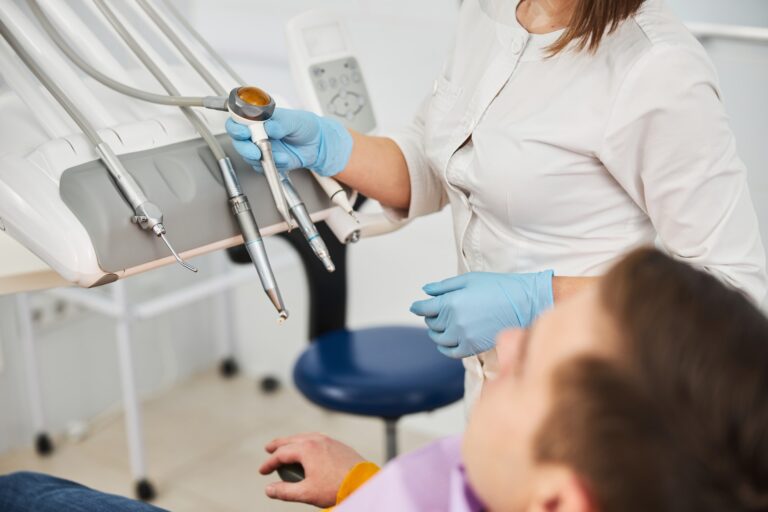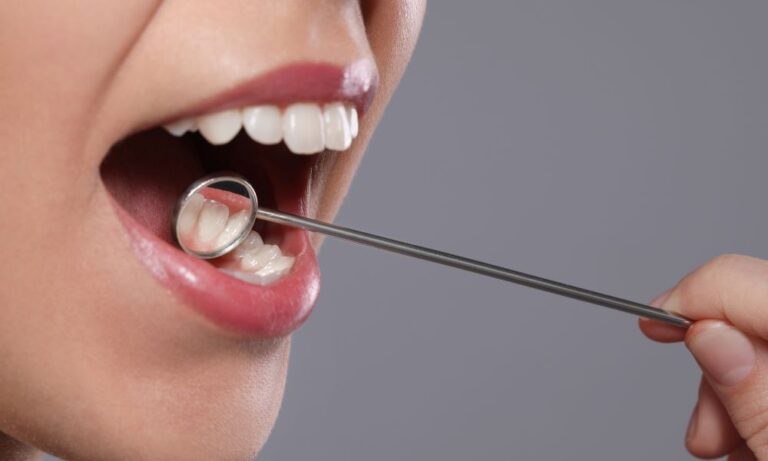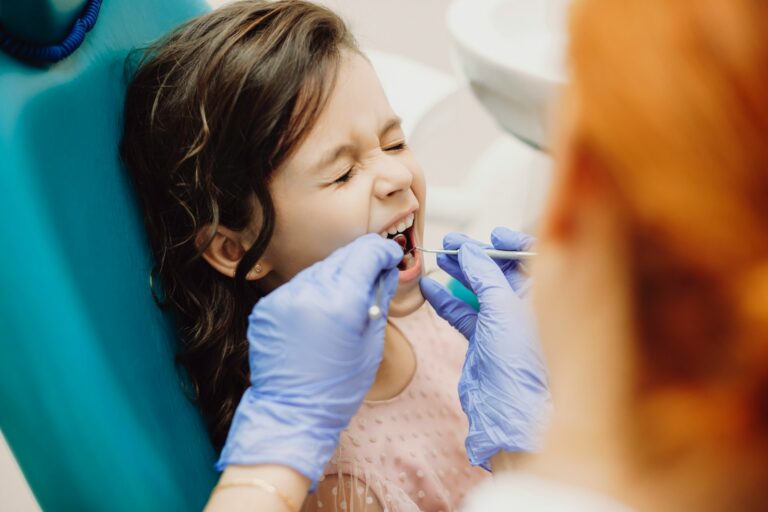Gum disease, also known as periodontal disease, is a common oral health problem that can lead to serious issues if not treated promptly. It’s essential to recognize the signs of gum disease early to prevent further complications. Gum disease starts with bacteria in the mouth that builds up and forms plaque. If plaque isn’t removed, it can harden into tartar, leading to inflammation and infection in the gums.
Many people might not realize they have gum disease because the symptoms can be mild initially. However, even minor signs should be taken seriously. Ignoring these signs can result in significant problems, including tooth loss and damage to the jawbone. Being aware of the symptoms and knowing how to prevent and treat gum disease is crucial for maintaining a healthy mouth.
By understanding the signs of gum disease and how to handle it, you can take the necessary steps to protect your oral health. This guide will help you identify common symptoms, provide tips for prevention, and outline effective treatments to manage gum disease. Let’s dive into the signs you need to watch for and what you can do to keep your gums healthy.
What Is Gum Disease?
Gum disease, also known as periodontal disease, is an infection of the gums that holds your teeth in place. It’s often caused by plaque, a sticky film of bacteria that forms on teeth. When plaque isn’t removed through good oral hygiene, it can harden into tartar, which can only be removed by a dental professional. This buildup can lead to inflamed and infected gums.
Gum disease starts as gingivitis, which is the early stage where gums become red and swollen and may bleed easily. If not treated, gingivitis can progress to periodontitis. In this more severe stage, the gums pull away from the teeth, forming pockets where bacteria can thrive. This can lead to bone loss and, eventually, tooth loss if the infection spreads deeper.
Common Signs of Gum Disease
1. Bleeding Gums
One of the first signs of gum disease is bleeding gums. If you notice blood on your toothbrush, it could be a warning sign. Bleeding can happen when you brush or floss, and it’s a sign that your gums are irritated and need care. Healthy gums shouldn’t bleed, so this is a sign to take seriously.
2. Persistent Bad Breath
Bad breath that doesn’t go away even after brushing and using mouthwash can be a sign of gum disease. The bacteria that cause gum infections can give off foul odors. Persistent bad breath can also indicate that food particles and bacteria are trapped in pockets formed by receding gums.
3. Swollen or Red Gums
Healthy gums should be firm and pink. If your gums appear red, puffy, or feel tender, it may indicate an infection. Swollen gums can be uncomfortable and are a sign that you need to improve your oral hygiene routine and perhaps consult a dental professional.
4. Receding Gums
Receding gums, where the gums pull away from the teeth, can make your teeth look longer than usual and expose the roots. This can lead to sensitivity and make teeth more vulnerable to decay. Gum recession is a clear indicator that gum disease may be present and needs to be addressed.
5. Loose Teeth
Teeth should fit snugly in their sockets. If you notice your teeth feeling loose or shifting position, it can be a sign that the supporting structures, including the gums and bone beneath them, are being compromised by gum disease. Loose teeth are a severe symptom and should prompt an immediate visit to the dentist.
Recognizing these signs early is crucial in managing and preventing the progression of gum disease. Regular dental checkups and good oral hygiene are key to maintaining healthy gums and a healthy smile.
How to Prevent Gum Disease
Preventing gum disease involves simple daily habits and lifestyle choices. A good daily oral care routine is the first step. Brush your teeth at least twice a day with fluoride toothpaste and use dental floss to clean between your teeth where the toothbrush can’t reach. Using mouthwash can also help reduce bacteria that cause gum disease.
Making healthy diet choices is equally important. Eating a balanced diet rich in vitamins and minerals can boost gum health. Be sure to include plenty of fruits and vegetables while limiting sugary snacks and drinks that can feed harmful bacteria in your mouth. Drinking water helps keep your mouth clean by washing away food particles and bacteria.
Avoiding tobacco products is crucial for maintaining healthy gums. Smoking and chewing tobacco not only stain your teeth but also increase the risk of gum disease by affecting blood flow and the immune system. If you smoke, consider quitting to protect your oral health.
Regular dental checkups are essential for preventing gum disease. A dentist can detect early signs of gum problems and provide professional cleanings to remove plaque and tartar buildup that you can’t remove at home. Aim to visit your dentist at least twice a year.
Effective Treatments for Gum Disease
If you already have gum disease, several effective treatments can help manage the condition and restore gum health. Professional cleaning by a dental hygienist is one of the first steps in treating gum disease. This involves removing plaque and tartar from your teeth and gums.
Scaling and root planing is a more intensive cleaning procedure that goes below the gum line to remove bacteria and smooth out the roots of your teeth. This helps the gums reattach to the teeth and heal more effectively.
Medications can also be prescribed to treat gum disease. Antibiotic gels or mouth rinses can help control bacterial infections, reducing inflammation and promoting healing.
In severe cases, surgery might be necessary. Procedures like flap surgery can clean deep pockets of infection around the teeth, and bone or tissue grafts can repair damaged tissues. These treatments aim to stop the progression of gum disease and prevent tooth loss.
Conclusion
Maintaining healthy gums is vital for overall health and well-being. By following proper oral hygiene practices, making healthy lifestyle choices, and seeking regular professional dental care, you can prevent and manage gum disease effectively. Understanding the signs of gum disease and being proactive in your care routine will help you maintain a healthy, beautiful smile.
If you are concerned about your gum health or need professional advice and treatment, contact Colorado Gum Care Broomfield, CO. We are here to help you achieve and maintain optimal gum health. Schedule your appointment with our periodontists in Broomfield, CO, today and take the first step toward a healthier smile.







